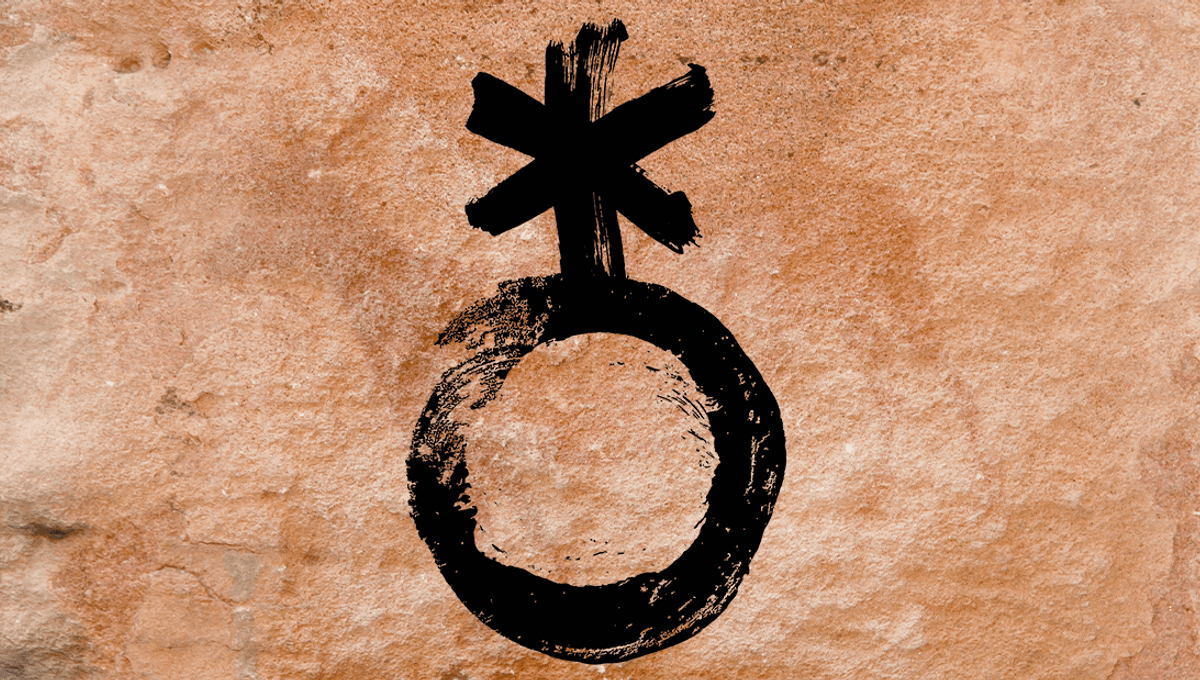
Gender identity isn’t always based on the binary model of biological sex, and new research indicates that this fluidity may have existed since prehistoric times. After analyzing the contents of over 1,200 ancient graves from seven sites in central Europe, the authors of the new study determined that up to 10 percent may have belonged to non-binary individuals.
“Research on prehistoric gender has sparked a vivid debate in recent decades, with a main point of contention being whether or not prehistoric gender complied with a binary model and to what extent,” write the researchers. To try and solve this conundrum, they looked for correlations between gender and biological sex among 1,252 people who lived between the Early Neolithic and the Late Bronze Age, spanning 5500 to 1200 BCE.
In each case, sex was determined based on published osteological analyses, while gender was established according to the types of grave goods present.
“We found that in six burial sites out of seven there is a persistent minority of individuals whose determined sex does not coincide with the gender that their respective grave goods are supposed to signal,” report the researchers. For example, they describe a biological male from a site in Germany who was buried with a headdress made of snail shells and other items that were associated with feminine gender.
At another site, a biologically female skeleton was interred with masculine grave goods such as a stone ax, a fishing hook, wild boar tusks, and flint blades.
Commenting on these findings in a statement, study author Dr Eleonore Pape explained that “historically, we can no longer frame non-binary persons as ‘exceptions’ to a rule, but rather as ‘minorities’, who could have been formally acknowledged, protected and even revered.”
Overall, sex and gender matched up for 26.5 percent of skeletons but were contradictory in 2.9 percent of cases. The remaining 70.6 percent of individuals were ultimately excluded from the analysis as either their sex or gender could not be determined.
“If one singles out the cases for which we have both sex and gender determinations […] the association pattern appears overwhelmingly binary, with 90.0 per cent […] of burials showing matching sex and gender indicators,” write the study authors. On the other hand, around one in ten ancient individuals have sex and gender indicators that do not match.
“We conclude that available data – despite potential biases – support the hypothesis that some degree of gender variance was formally accepted in the burial rite of prehistoric Central European societies,” say the researchers.
“However, the error margins of traditional methods of sex determination cannot be accurately quantified, hence the actual size of the ‘non-binary minority’ is still largely uncertain.”
The study is published in the Cambridge Archaeological Journal.
Source Link: Non-Binary People Existed In Prehistoric Europe, Burial Site Study Suggests